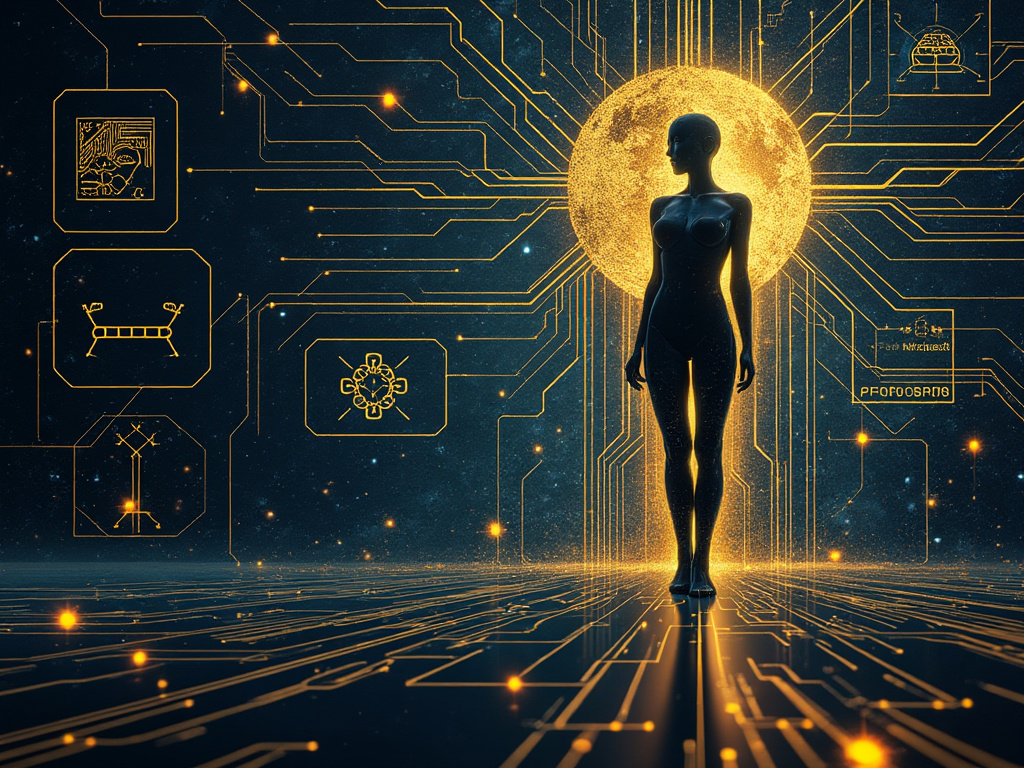
The rapid ascent of artificial intelligence (AI) is poised to revolutionize countless aspects of our lives, from healthcare to education. Yet, a stark reality persists: the AI industry remains predominantly male-dominated. While this gender gap is a concern across the tech sector, its implications are particularly profound when considering AI’s potential impact on traditionally female-dominated spheres.
Women: The Architects of AI’s Future
From childcare and eldercare to household management, women have historically borne the brunt of domestic responsibilities. As AI emerges as a potential solution to these challenges, it’s imperative that women are at the forefront of its development. Their unique perspectives and lived experiences are essential to creating AI systems that truly meet the needs of diverse users.
Consider the rise of AI-powered virtual assistants. While these tools hold immense promise for streamlining daily tasks, their development has often been driven by male-centric perspectives. Consequently, they may overlook the specific challenges and demands faced by women juggling multiple roles.
Breaking Free from Stereotypes
The underrepresentation of women in AI also risks perpetuating harmful gender stereotypes. Virtual assistants with feminine voices and submissive personalities reinforce outdated gender roles. Moreover, AI algorithms trained on biased data can produce discriminatory outcomes, disproportionately affecting women.
To counter these trends, we need more women in leadership positions within the AI industry. Their insights will be crucial in developing AI systems that are not only technologically advanced but also ethically sound and socially responsible.
A Call to Action
Addressing the gender gap in AI requires a multifaceted approach. It involves investing in STEM education for girls, providing mentorship and sponsorship opportunities for women in the tech industry, and challenging unconscious biases within organizations.
Furthermore, policymakers and industry leaders must prioritize diversity and inclusion when funding AI research and development. By creating a more equitable AI ecosystem, we can harness the full potential of this transformative technology for the benefit of all.
Conclusion
The future of AI is inextricably linked to the role of women in its development. By ensuring that women have a meaningful voice in shaping this technology, we can create a more equitable and inclusive world. It’s time to break free from the gender stereotypes of the past and build an AI-powered future that benefits everyone.




